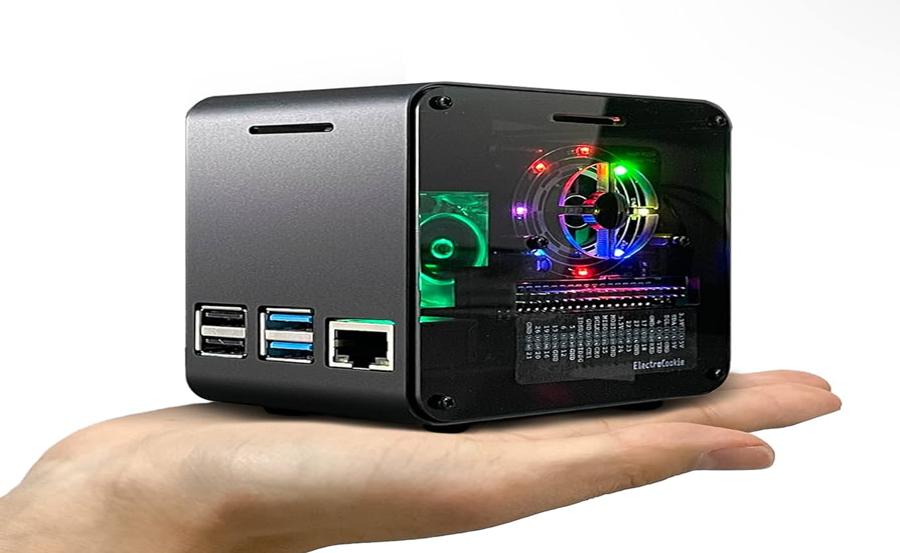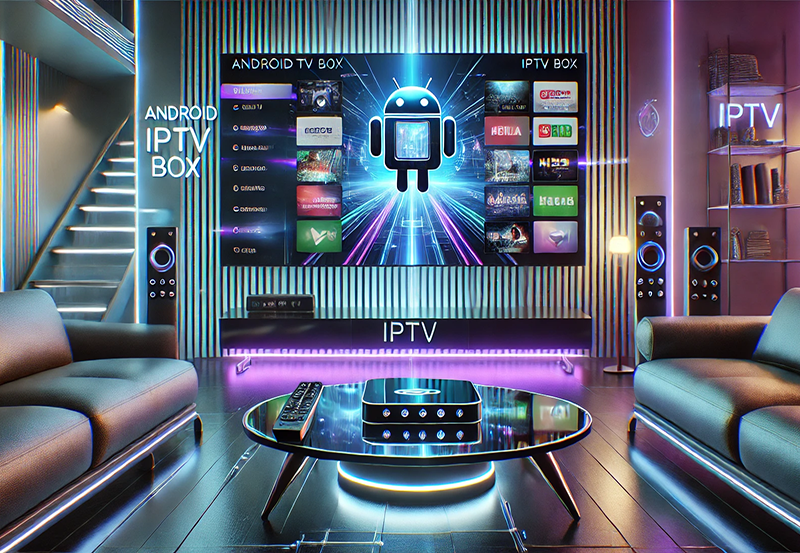The Raspberry Pi is a versatile, affordable single-board computer that can be used for various projects, including as an IPTV device. By setting it up correctly, you can stream live TV, on-demand content, and other IPTV services directly to your TV or monitor.
This guide walks you through the process of turning your Raspberry Pi into an IPTV device, including the tools and software you’ll need.
What You’ll Need
- Raspberry Pi (Model 3 or later recommended for smoother performance).
- MicroSD Card (16GB or larger).
- Raspberry Pi OS (or any compatible OS like LibreELEC).
- HDMI Cable (to connect to your TV or monitor).
- Power Supply (official Raspberry Pi power adapter recommended).
- Keyboard and Mouse (for setup).
- Ethernet Cable or Wi-Fi (stable internet connection).
- IPTV Playlist (M3U URL or file from your IPTV provider).
Step 1: Set Up Your Raspberry Pi
- Download and Install Raspberry Pi OS:
- Download the Raspberry Pi Imager from the official website.
- Use it to flash the Raspberry Pi OS onto your microSD card.
- Insert the microSD card into your Raspberry Pi.
- Boot Up Your Raspberry Pi:
- Connect the Raspberry Pi to your TV or monitor using the HDMI cable.
- Attach the keyboard and mouse.
- Power on the Raspberry Pi and follow the setup instructions.
- Update the System:
- Open the terminal and run the following commands to update your system:sqlCopy code
sudo apt update sudo apt upgrade
- Open the terminal and run the following commands to update your system:sqlCopy code
Step 2: Install an IPTV Player
Option 1: Kodi (Recommended)
Kodi is a powerful, open-source media player that works seamlessly with IPTV.
- Install Kodi:
- Open the terminal and type:Copy code
sudo apt install kodi - Launch Kodi from the Applications menu.
- Open the terminal and type:Copy code
- Set Up IPTV in Kodi:
- Open Kodi and go to Settings > Add-ons > Install from Repository.
- Select PVR Clients > PVR IPTV Simple Client and install it.
- Configure the client with your IPTV M3U URL:
- Go to Settings > Configure and paste your M3U URL.
- Enable the add-on and return to the main menu to access IPTV channels under TV.
Option 2: VLC Media Player
VLC is a lightweight option for playing IPTV streams.
- Install VLC:
- Open the terminal and type:Copy code
sudo apt install vlc
- Open the terminal and type:Copy code
- Load Your IPTV Playlist:
- Open VLC, go to Media > Open Network Stream.
- Paste your M3U URL or file path and click Play.
Option 3: TiviMate or IPTV Smarters Pro (via Android Emulation)
If you prefer apps like TiviMate or IPTV Smarters Pro, you can run an Android emulator like LineageOS on your Raspberry Pi and install these apps from the Google Play Store.
Step 3: Optimize Your IPTV Setup
- Ensure a Stable Internet Connection:
- Use an Ethernet connection if possible for smoother streaming.
- Configure EPG (Electronic Program Guide):
- Use the EPG URL provided by your IPTV provider to view program schedules.
- Adjust Buffer Settings:
- If buffering occurs, tweak the buffer size in Kodi or VLC.
Step 4: Connect to Your TV
- Once your Raspberry Pi is set up with an IPTV player, use the HDMI connection to stream directly to your TV.
- Use a wireless keyboard or a smartphone app (like Kore for Kodi) to control playback.
Additional Tips
- Use LibreELEC for a Streamlined Experience:
- LibreELEC is a lightweight OS specifically designed for running Kodi on Raspberry Pi. It’s faster and more efficient for IPTV.
- Set Up VPN (Optional):
- If your IPTV provider recommends a VPN for privacy, install one on your Raspberry Pi using services like NordVPN or OpenVPN.
- Install Updates Regularly:
- Keep your software and IPTV player up-to-date for the best performance.
Common Issues and Solutions
1. Buffering or Lag
- Cause: Insufficient bandwidth or server issues.
- Solution: Use a wired connection and check your internet speed.
2. Channels Not Loading
- Cause: Incorrect M3U URL or expired playlist.
- Solution: Verify the URL and update your playlist with your IPTV provider.
3. Poor Video Quality
- Cause: Low internet speed or stream resolution.
- Solution: Adjust stream quality settings or use adaptive streaming.
Conclusion
Turning your Raspberry Pi into an IPTV device is a cost-effective way to enjoy live TV and on-demand content. With software like Kodi or VLC, you can easily access your favorite channels and customize your streaming experience. By following this guide, you’ll have a functional IPTV setup that rivals commercial streaming devices.
How to Improve IPTV Streaming Quality





